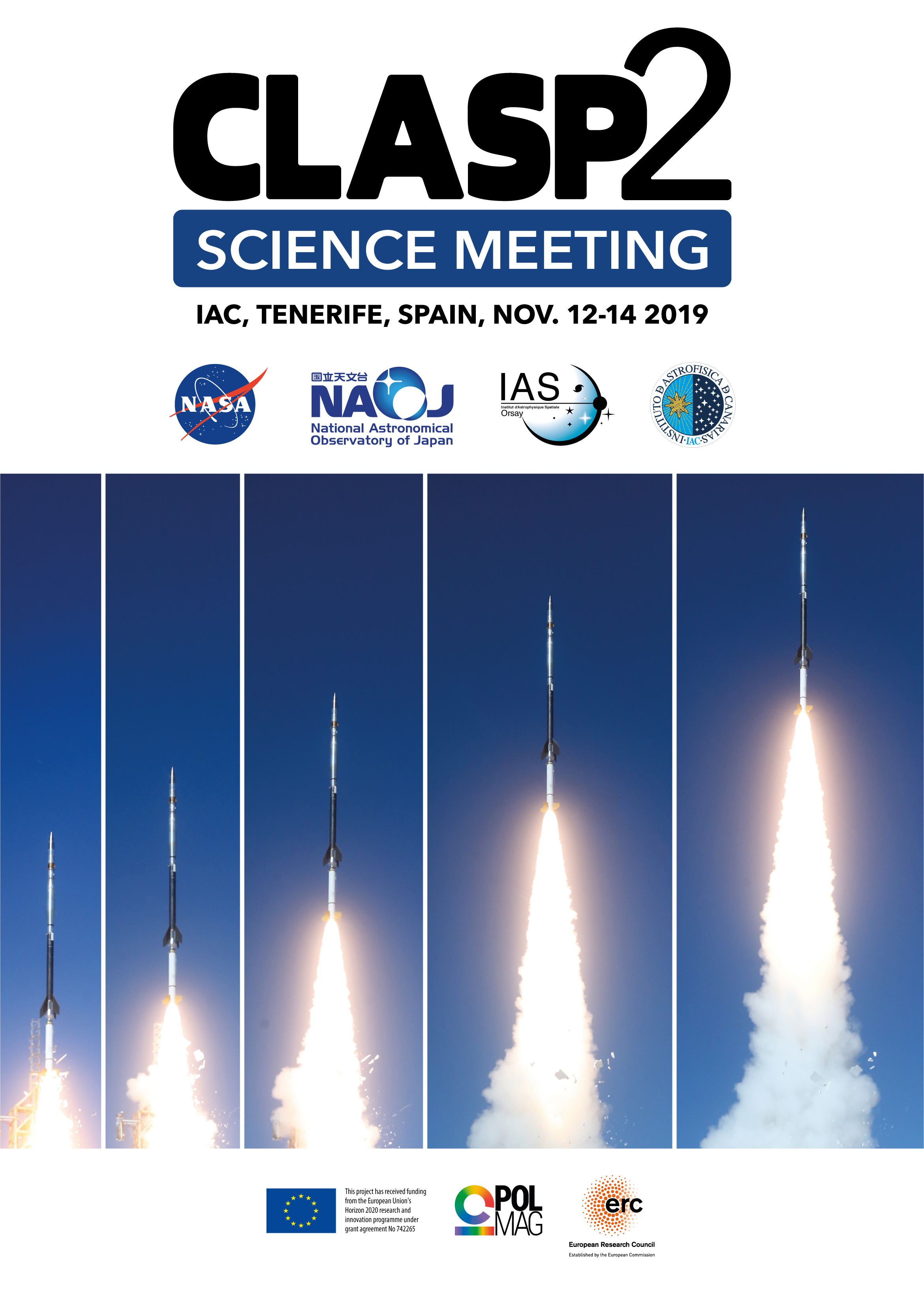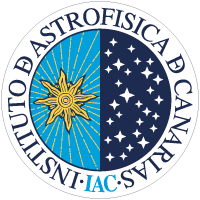Overview
In 2008, an international team started a novel suborbital rocket experiment project, which has greatly advanced our ability to make spectropolarimetric measurements in solar ultraviolet lines. In September 2015, the Chromospheric Lyman-Alpha Spectro-Polarimeter (CLASP) sounding rocket payload achieved the first measurement of the linear polarization produced by scattering processes in the hydrogen Lyman-α line of the solar disk radiation, opening a path for probing the magnetic field and the three-dimensional structure of the plasma in the chromosphere-corona transition region.
After that first success, the Chromospheric LAyer Spectro-Polarimeter 2 (CLASP2) was proposed to measure all four Stokes parameters in the 280 nm range around the Mg II h & k lines. Recently, in April 2019, CLASP2 was launched and measured for the first time the detailed wavelength-dependent variation of the polarization caused by the joint action of scattering processes and the Hanle and Zeeman effects in this important region of the solar ultraviolet spectrum. The measured polarization signals in several spectral lines encode information on the magnetic field all the way up from the photosphere to the chromosphere-corona transition region. During the CLASP2 science meeting at the IAC the international team will discuss in depth the first results obtained so far through the analysis and theoretical modeling of such unprecedented spectropolarimetric observations.
Download the CLASP2 Science Meeting Poster (A3 size, JPEG format)

